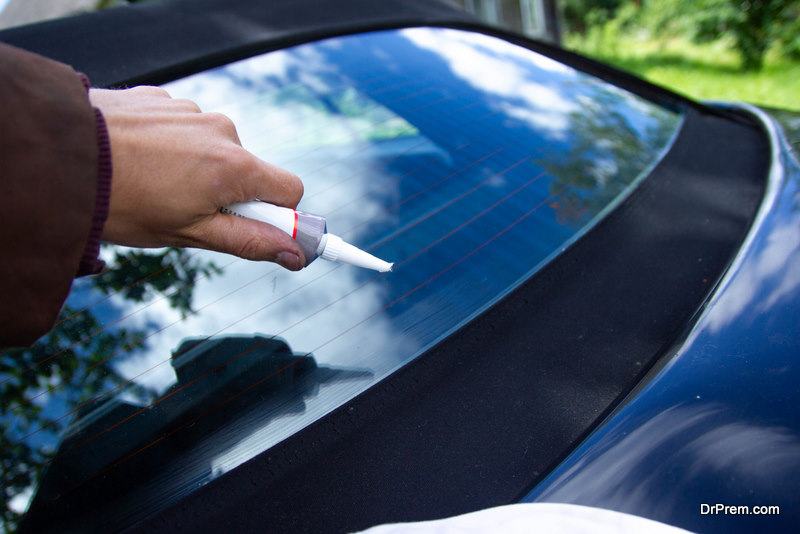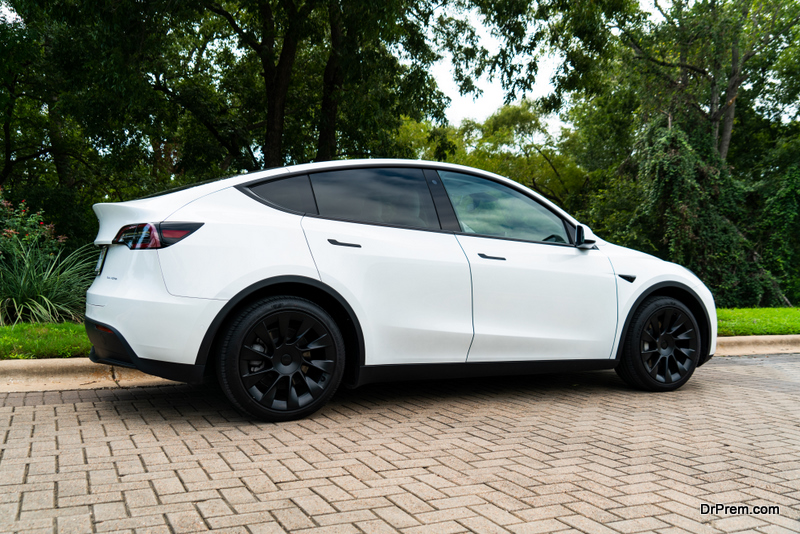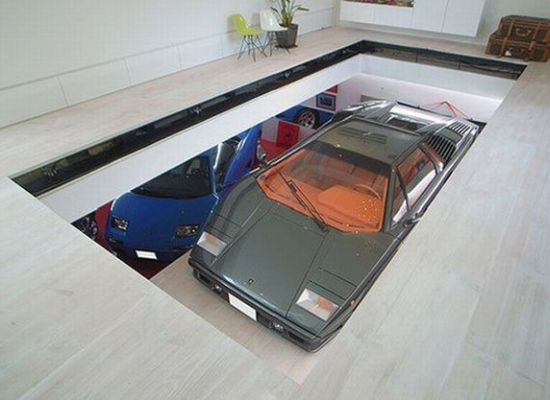If you don’t have a garage, there are several alternative ways to prevent your car from getting battered by the element, smog, UV rays, bird droppings, and tree sap, etc. when parked outside. But these alternatives are not all created equal, so how do determine the best choice for you?
For every single day your car is parked outside, you need to protect it from various pollutants, especially those that are more corrosive to your car’s exterior. Washing regularly can only do so much to help protect your car. Finding the best-suited option rather than going for the second or third best can help save you lots of problems in the long run given the adequate level of protection you’ll be giving your car.
In the following sections we’ve outlined the three best ways you should consider protecting your car when you don’t have a garage, and we’ll also tell you why they’re highly effective.
Car Covers

Car covers can also do a great job to preserve your car’s exterior when parked outside. They come in a variety of sizes and colors. You can find car covers designed specifically for your car model.
To use car covers, buckle the cover under the front bumper and then spread it slowly all over the car. If your car has a retractable antenna, lower it, and place the cover over the node. For fixed antennas, try wrapping the cover around the base tightly to prevent water or debris from seeping through. If you don’t want to have to tie the cover around various points, you can buy a car cover with design elements made to cover your specific make and model.
Portable Garage or Carports
Portable garages are one of the most effective ways to protect your car because they can give your car as much protection from the elements and contaminants as an inbuilt garage. You can easily mount them temporarily where you park your car and they’ll serve you steadfastly, possibly for as long as you need them to. They’re usually made of durable polyethylene or vinyl, with the later superior and costlier than the former.
When acquiring one, make sure you take proper measurements of your car and the parking space to ensure the final product is a proper fit. You also need to ensure that the style and structure are best-suited for you. When installing, take time out to assemble them in place properly to make sure they can withstand extreme weather. You might also need to consult with your community and neighborhood associations to make sure you’re complying with any applicable regulations in your area.
Using Wax and Paint Sealants

Car wax can also protect your car effectively from harsh weather conditions, including wind storms. But their protection usually doesn’t last longer than a few months, so you need to reapply them regularly every once in a while.
Paint sealants are basically some synthetic form of car wax, but they’re superior. Once applied, they can protect your car for up to a year. They’re applied the same way you apply car wax or liquid polishes, but you need to do some prep work, depending on the product.
Like the other alternatives highlighted above, paint sealants help protect your car when parked outdoors without a hassle, even under extreme weather. Want more tips on how to keep your car’s exterior in pristine condition? Reach out to us today for personalized commendations.
Article Submitted By Community Writer




